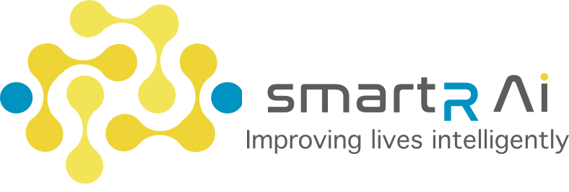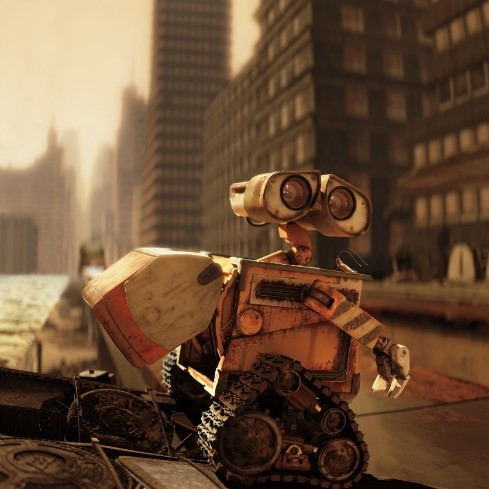The representations of artificial intelligence and robots in pop culture vary significantly between the Eastern and Western hemispheres. The West’s obsession with ‘evil robot’ films forms a stark contrast with the robot saviors often found in the media of the East. Countries in Asia, such as Japan, positively portray technology in their movies, books and films. These optimistic depictions are consequently reflected in the public and regulatory stance on technology: welcoming innovation and progress over restrictions and caution.
After Japan’s wartime defeat in WWII, the manga artist Osamu Tezuka created ‘Testuwan Atom’ also known as Astro Boy. A friendly robot able to defend Japan from intergalactic threats, the inspiration behind Astro Boy derives from the bombing of Hiroshima and Nagasaki. Other examples of robot characters that strove to protect and help humans in the Japanese media include Mistuteru Yokoyama’s Tetsujin 28-go, a giant robot that saves Japan from an attacking enemy. As well as Doraemon, a robotic cat who could time travel and would help humans.
Japan’s portrayal of technology as a savior could be attributed to the great push to improve the country’s technological and scientific capabilities after WWII. Tezuka explains that Japan’s defeat in WWII was clearly attributed to their lack of scientific and technological developments, thus, creating a scientific inferiority complex which they have sought to dispel. Another reasons for Japan’s positive depiction of technology could be their reliance on it. Technology was necessary to solve Japan’s labor crisis, by filling in gaps in the labor force and relieving women of some of their duties, as well as other socio-economic challenges presented such as combating climate change. The result has been a regulatory blueprint which seeks to fully incorporate technology into everyday life as per Society 5.0 (also known as the ‘Super-Smart Society’).
On the other hand, Western storylines involving technology tend to explore the dangers and dark side of technology in the form of cautionary tales. The plots have reoccurring themes such as AI’s becoming self-aware and ridding themselves of their enslavement by seizing control from their human masters. This is the general storyline of several famous movies such as The Terminator and The Matrix.
Another common storyline involves the AI being given unspecific goals which are not aligned with human wishes, such as the storyline of With Folded Hands. In this plot all robots are coded with the primary goal “To serve and obey, and guard men from harm”, the robot’s interpretation of this goal leads them to manipulate humans into abandoning all pursuits for fear of even the smallest injury. Other versions include the goals of ‘saving the planet’ or ‘attaining world peace’ gone wrong, resulting in a robotic dictatorship or the extermination of all humans.
There is certainly value in these movies and books which allow us to conceptualize some of the future hazards which AI and modern technology can create. It is also a way for audiences to participate in public discussions involving these technologies without alienating them through complex mathematical terms and ideas. However, some of these negative portrayals involve fundamental misconceptions as to the real risks and dangers of AI. This is particularly risky where these misunderstandings create apprehension towards implementing technology that could save thousands of lives.
Examples of these risk misconceptions have been pointed out by leaders in the field such as Stephen Hawking: “The real risk with AI isn’t malice but competence. A super-intelligent AI will be extremely good at accomplishing its goals, and if those goals aren’t aligned with ours, we’re in trouble”. Hence, by giving AI human qualities such as the ability to ‘become evil’ we focus on the wrong dangers and create irrational fears. AI’s survival instinct is another human quality that we attribute to robots, when in fact they could only have this quality if it were intentionally programmed into the AI. The popular depiction in pop culture of the army of robots that look just like humans being used to exterminate the human species is another highly unlikely scenario. If this were the intention then chemical, nuclear or biological warfare would more likely be used.
The Eastern and Western dichotomies make clear that the way our pop culture depicts technology not only has a huge influence on public perception but also on the regulatory framework that countries adopt. It is useful to engage in thought experiments regarding the different threats that AI can present. However, one should also remember that these aren’t always accurate and that it is important they don’t create irrational fears.
Fear not, for smartR AI’s friendly AI assistant SCOTi® AI has no plans for world domination. smartR AI’s top priority is to create responsible and ethical AI that your company can trust. A loyal assistant, SCOTi is happy to help with your company’s specific business needs. Contact smartR AI now to meet your fully trainable companion.
Written by Celene Sandiford, smartR AI

